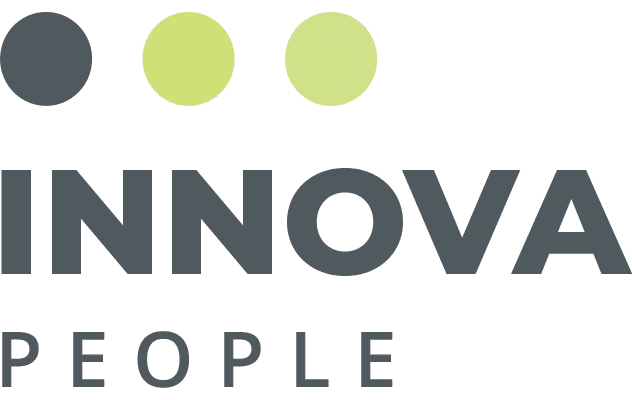Do you feel like you’re working more and harder than ever? It’s not just you; it’s everybody else too.
A new Harvard Business Review study analyzed the emails and meetings of 3.1 million people in 16 global cities, and here’s what they found, we’re swamped:
- The average workday increased by 8.2 percent (or 48.5 minutes) during the pandemic.
- Employees sent 5.2 percent more emails a day.
- Emails had 2.9 more recipients.
- About 8.3 percent more emails were sent after business hours.
- People attended 13 percent more meetings.
- The number of people invited to each meeting rose by 14 percent.
- Each meeting was 12 minutes (or 20 percent shorter) than average.
A likely factor in the shrinking meeting time, video conferencing fatigue has long set in for many employees. Meeting in-person doesn’t seem as draining as staring at a screen of yourself.
“There is a general sense that we never stop being in front of Zoom or interacting,” says Raffaella Sadun, a business administration professor in the HBS Strategy Unit. “It’s very taxing, to be honest.”
Sudan offers three pieces of advice to leaders of remote workspaces:
- Empathize with workers’ unique circumstances. Managers need to know what their employees are juggling to provide the right professional support.
- Focus on output, not hours. It’s virtually impossible to track how employees are using their time. Instead, managers should focus on the quality of their work.
- Expect vast differences in productivity across employees, for now. While some people find working from home energizing, many employees probably won’t be as effective as they would be under normal conditions.
You can find some helpful tips on how you can start your day on the right track and some signs if you are starting to feel work from home burnout.



